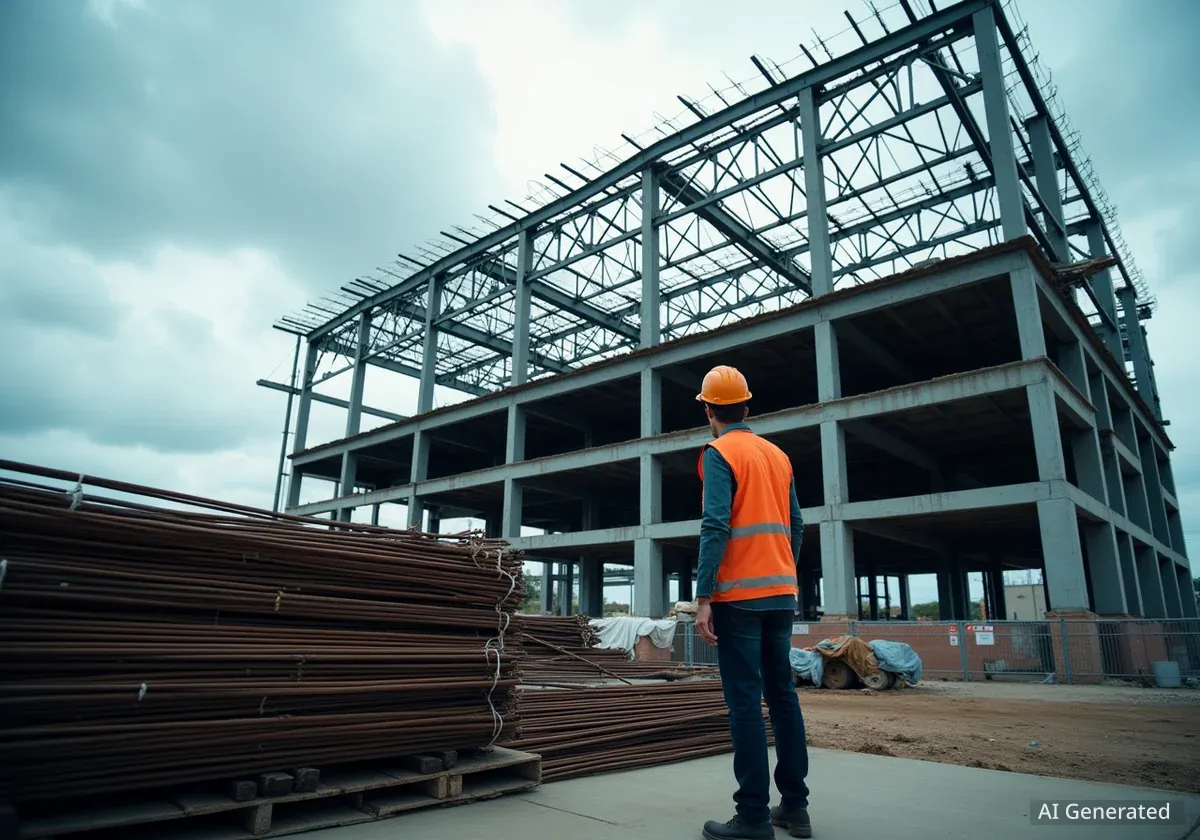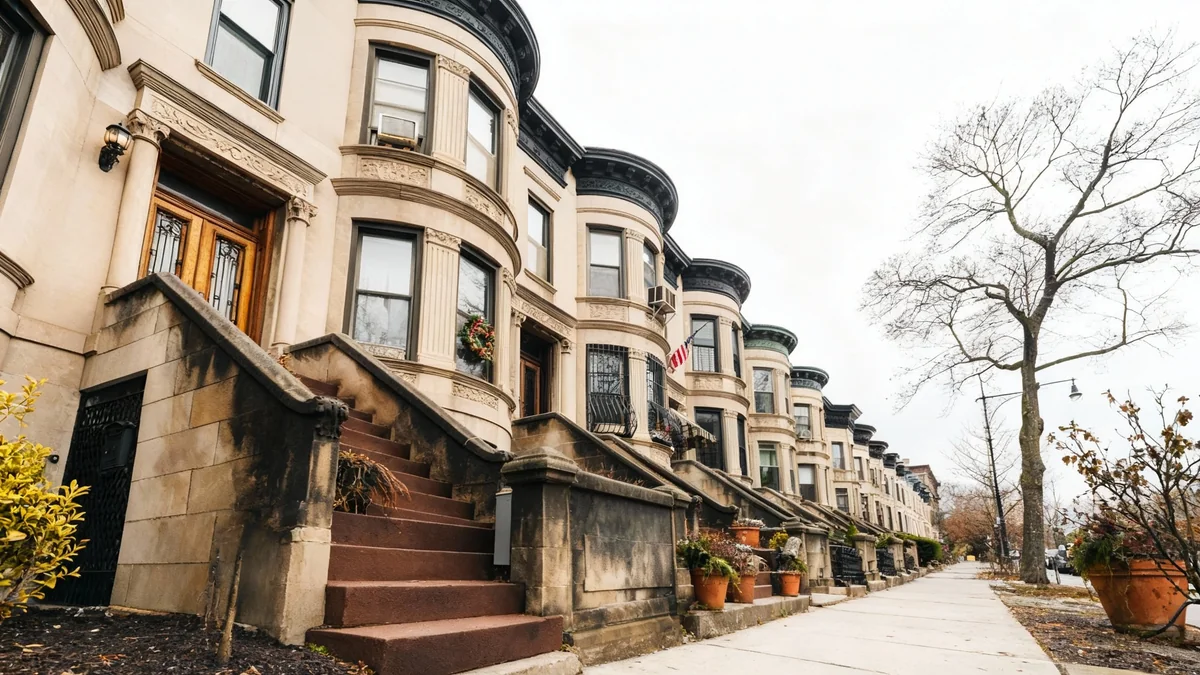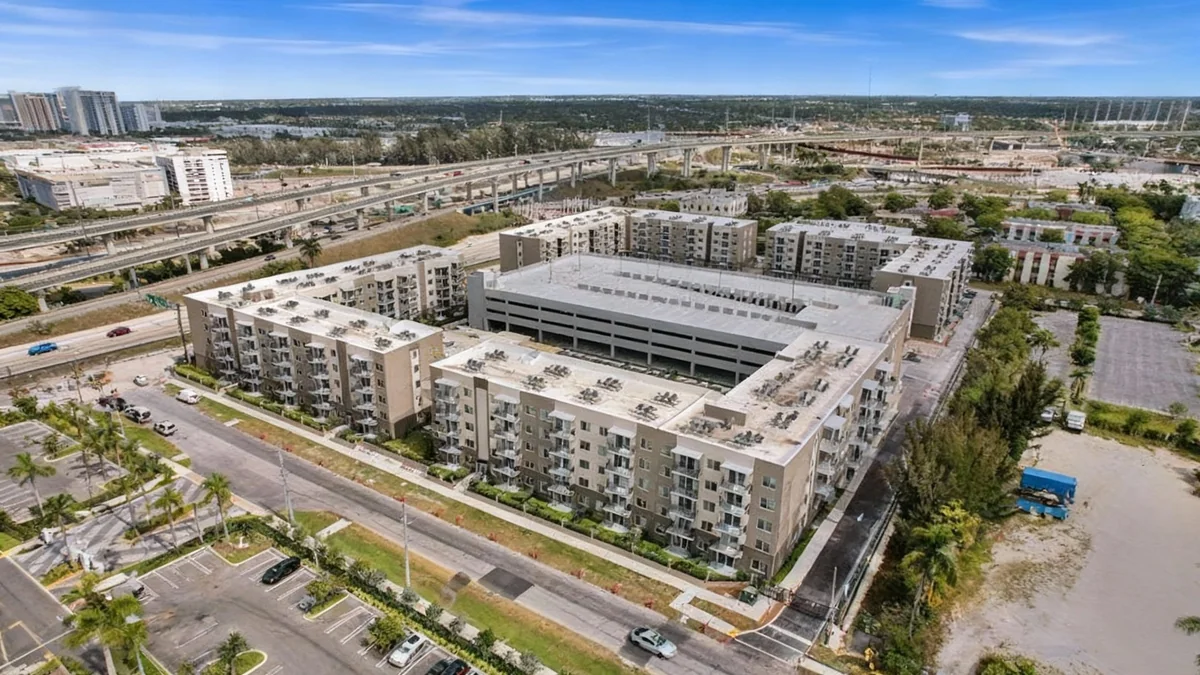Tariffs on imported construction materials are creating significant financial and logistical challenges for the real estate industry. These trade policies lead to increased costs, unpredictable supply chains, and extended project timelines, impacting everyone from large-scale developers to individual investors and commercial tenants.
The volatility introduced by tariffs requires new strategies in project management and procurement to protect investments and ensure projects remain viable. Understanding these risks and implementing proactive measures has become essential for navigating the modern construction landscape.
Key Takeaways
- Tariffs directly increase the cost of essential construction materials like steel, aluminum, and lumber, inflating overall project budgets.
- Supply chain disruptions caused by trade policies lead to significant delays and uncertainty in material availability.
- Developers and investors must adopt advanced procurement and risk management strategies to mitigate the financial impact.
- Early engagement with project management and procurement experts is critical for identifying alternative materials and suppliers before costs escalate.
The Direct Impact of Tariffs on Construction Costs
When governments impose tariffs, they are essentially placing a tax on imported goods. For the construction industry, this has a direct and immediate effect on the bottom line. Materials such as steel, aluminum, lumber, and even finished products like flooring and fixtures are often sourced globally to manage costs.
A tariff of 10% or 25% on these goods means contractors and developers must pay more for the same materials. This cost increase is rarely absorbed by the supplier; instead, it is passed down through the supply chain, ultimately inflating the total budget of a construction project. For large-scale commercial or residential developments, this can translate into millions of dollars in unforeseen expenses.
By the Numbers
Even a seemingly small tariff can have a cascading effect. An increase in steel prices, for example, not only affects the structural frame of a building but also the cost of rebar, ductwork, and other components, leading to budget overruns that can jeopardize a project's profitability.
This financial pressure forces difficult decisions. Developers may need to secure additional financing, delay project phases, or reduce spending in other areas, such as design or amenities, to stay within budget. In some cases, projects that were financially viable before the implementation of tariffs may become unprofitable and be canceled altogether.
Supply Chain Disruptions and Project Timelines
Beyond the immediate price hikes, tariffs create significant disruptions to the global supply chain. The uncertainty surrounding trade policy can cause suppliers to become hesitant, leading to shortages and longer wait times for critical materials. This unpredictability is a major challenge for project scheduling.
Construction projects rely on a precisely coordinated sequence of events. A delay in receiving structural steel, for instance, can halt all subsequent work, including concrete pouring, facade installation, and interior finishing. This creates a domino effect, pushing back the entire project timeline and increasing labor and carrying costs.
Understanding Lead Times
Lead time is the period between placing an order for a material and its delivery to the construction site. Tariffs can extend these lead times from weeks to months as suppliers navigate new customs procedures, find alternative shipping routes, or face backlogs at ports. A project manager's ability to anticipate and plan for these delays is crucial.
Furthermore, the administrative burden of navigating new trade regulations adds another layer of complexity. Ensuring compliance with changing import rules requires specialized knowledge and can slow down the procurement process, contributing to further delays and operational inefficiencies.
Strategic Mitigation for Developers and Investors
While the challenges posed by tariffs are substantial, developers and investors are not without recourse. Proactive and strategic planning can help mitigate the risks associated with trade policy volatility. The key is to address these potential issues at the earliest stages of project development.
The Importance of Early Engagement
One of the most effective strategies is to involve project management and procurement specialists long before breaking ground, often during the site selection phase. Early analysis allows teams to assess the potential impact of tariffs on different design concepts and material choices.
"The earlier a project team is involved, the more levers we can pull to protect budgets and schedules. Waiting until materials are already ordered is too late; the strategic decisions must be made during pre-construction."
By evaluating material sourcing options in advance, teams can identify potential vulnerabilities in the supply chain. This foresight enables them to develop contingency plans, such as pre-ordering materials before tariffs take effect or securing contracts with domestic suppliers, even if it requires adjusting the initial budget.
Advanced Procurement Strategies
Sophisticated procurement is more than just finding the lowest bidder. In a tariff-heavy environment, it involves a comprehensive approach to sourcing and logistics. Effective strategies include:
- Supplier Diversification: Relying on a single supplier or country for a critical material is a significant risk. Diversifying sources across different geographic regions can provide a buffer against tariffs targeting a specific nation.
- Bulk Purchasing and Warehousing: For projects with a long timeline, purchasing materials in bulk and storing them can lock in prices before new tariffs are announced. This requires capital and logistical planning but can offer substantial savings.
- Contractual Protections: Contracts with suppliers can be structured to include clauses that address tariff risks, such as price escalation limits or the ability to switch suppliers without penalty if costs rise beyond a certain threshold.
Flexible Design and Material Selection
Another powerful tool is design flexibility. Architects and engineers can work with project managers to identify alternative materials that meet design and safety standards but are not subject to tariffs. For example, if tariffs on steel become prohibitive, a project might be redesigned to use mass timber or reinforced concrete as the primary structural material.
This approach, known as value engineering, is most effective when implemented early in the design process. It allows for creative problem-solving that can maintain the project's aesthetic and functional goals while navigating economic constraints imposed by trade policy.
The Broader Economic Consequences
The impact of construction tariffs extends beyond individual projects. When building costs rise, it affects housing affordability, the viability of commercial real estate, and the development of public infrastructure. Higher construction costs can lead to higher rents for tenants and increased prices for homebuyers.
For businesses, the uncertainty can stifle investment in new facilities, expansions, and relocations. A volatile cost environment makes it difficult to forecast returns on investment, potentially slowing economic growth in sectors that rely on new construction.
Ultimately, navigating an unpredictable trade landscape requires resilience and strategic foresight. By focusing on early planning, diversified procurement, and flexible design, the real estate and construction industries can better withstand the pressures of tariffs and protect the long-term value of their investments.





